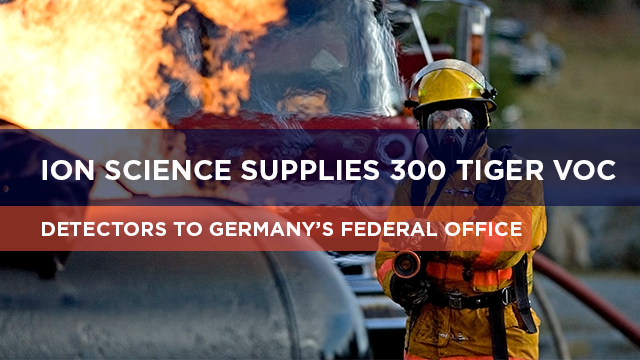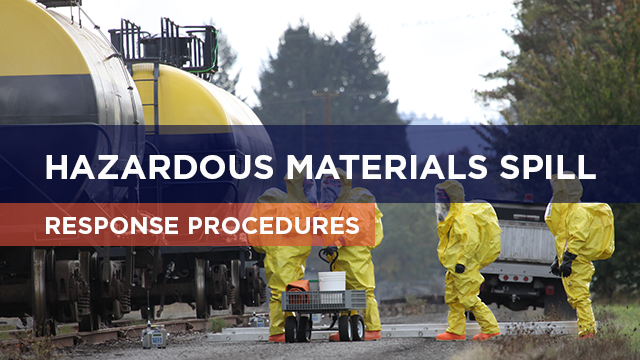ION Science supplies 300 Tiger VOC detectors to Germany's federal office of Civil Protection and Disaster Assistance.
Market-leading hand-held PIDs part of vital equipment on board government body’s ‘first responder’ reconnaissance vehicles.
Ion Science has recently supplied 300 Tiger hand-held volatile organic compound (VOC) detectors to Germany’s Federal Office of Civil Protection and Disaster Assistance (BBK) where they are part of the vital chemical measurement system on board ‘first responder’ reconnaissance vehicles.
VOCs in HAZMAT and the power of PID detection
An emergency response organisation will greatly increase its effectiveness and the level of protection it offers its employees (Responders) by deploying a photoionisation detector (PID).
Incidents Involving VOCs
Many Hazardous Materials incidents involve volatile organic compounds (VOCs), a vast chemical family that is primarily made up of hydrocarbons such as gasoline, alcohols, methane and acetone as well as the BTEX family which include benzene, toluene, ethylbenzene and xylene. Typically, VOCs have a high vapour pressure at ambient temperatures, meaning the liquid gives off vapour that can be readily detected.
Hazardous Materials Spill Response Procedures
Hazardous Material spills including biological, chemical and radiological materials pose a serious risk if not promptly and properly responded to by the individuals who initially identify the spill and the appropriate emergency response team.
Environmental & Economic
Volatile organic compounds (VOCs) are a fundamental parameter in assessing air quality.
The European Environment Agency (EEA) reported in 2018 that air pollution was the cause of almost 50,000 premature deaths in Europe per year. This finding pre-empted the head of the EEA agency stating "Air pollution is an invisible killer and we need to step up our efforts to address the causes”.
Clearly preventing premature deaths is a priority and reducing air pollution could save millions of lives. Heavy industries are a major source of VOCs and recent modification to EPA rules call for the tighter enforcement of fence line monitoring to reduce environmental emissions.






